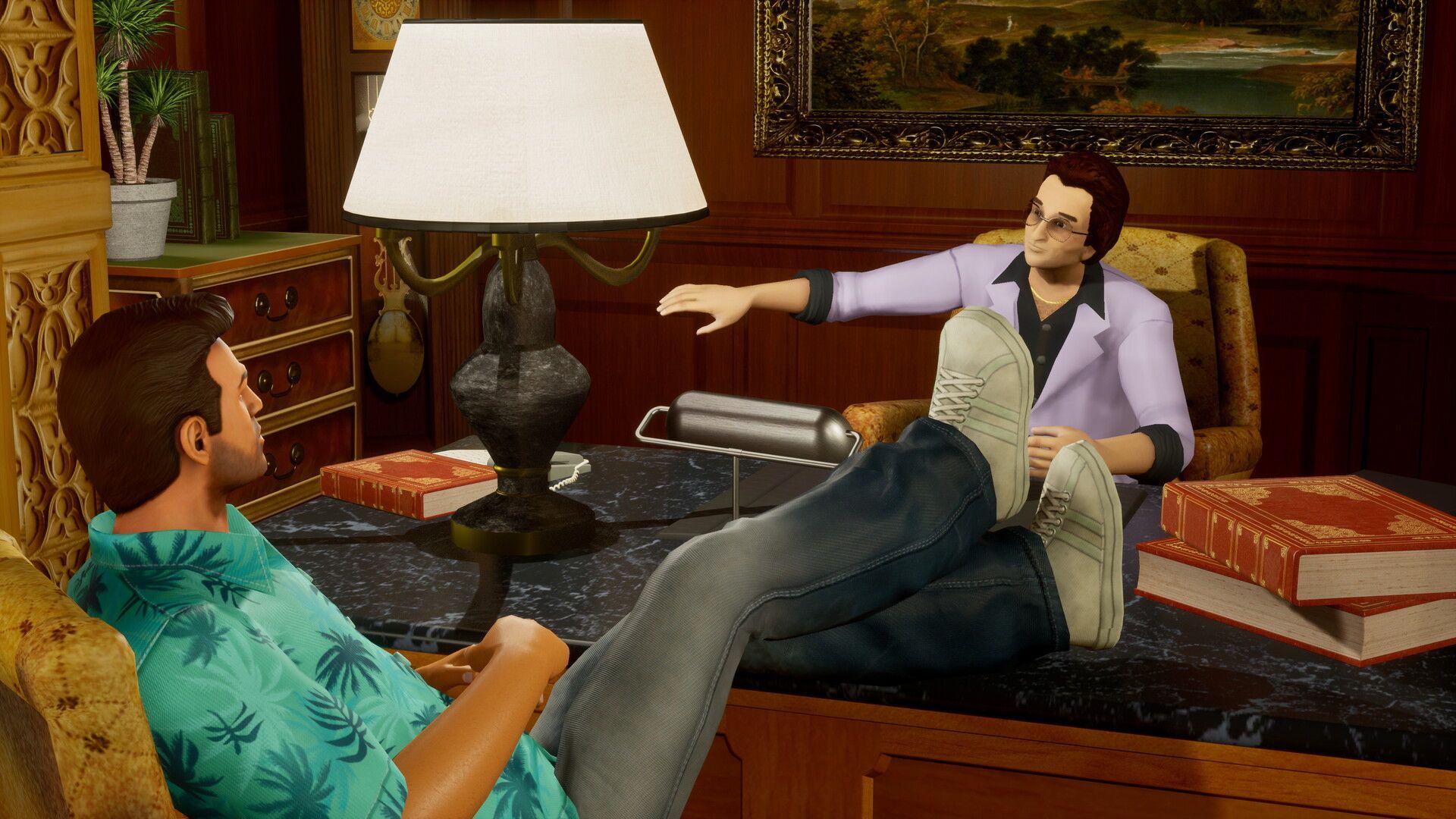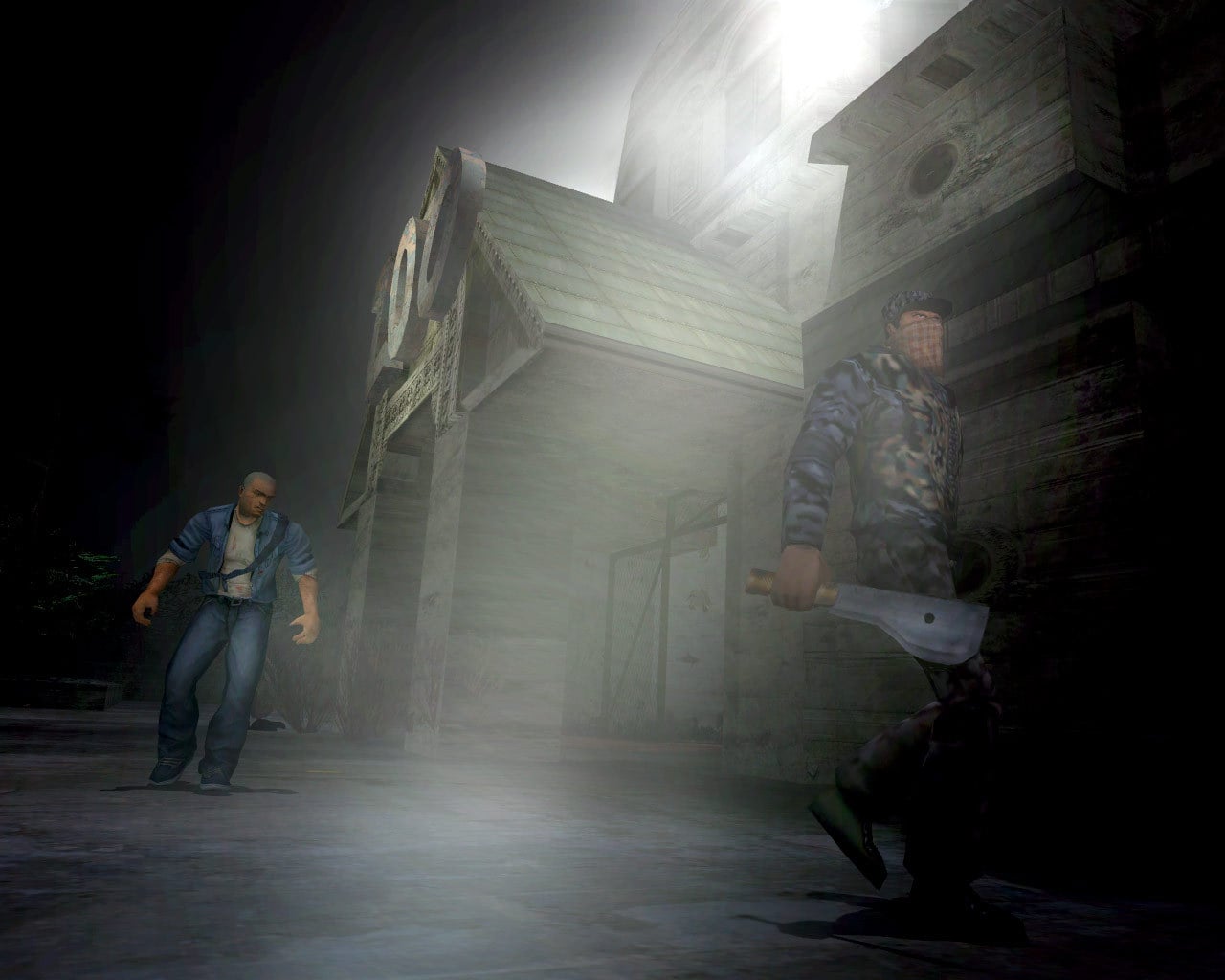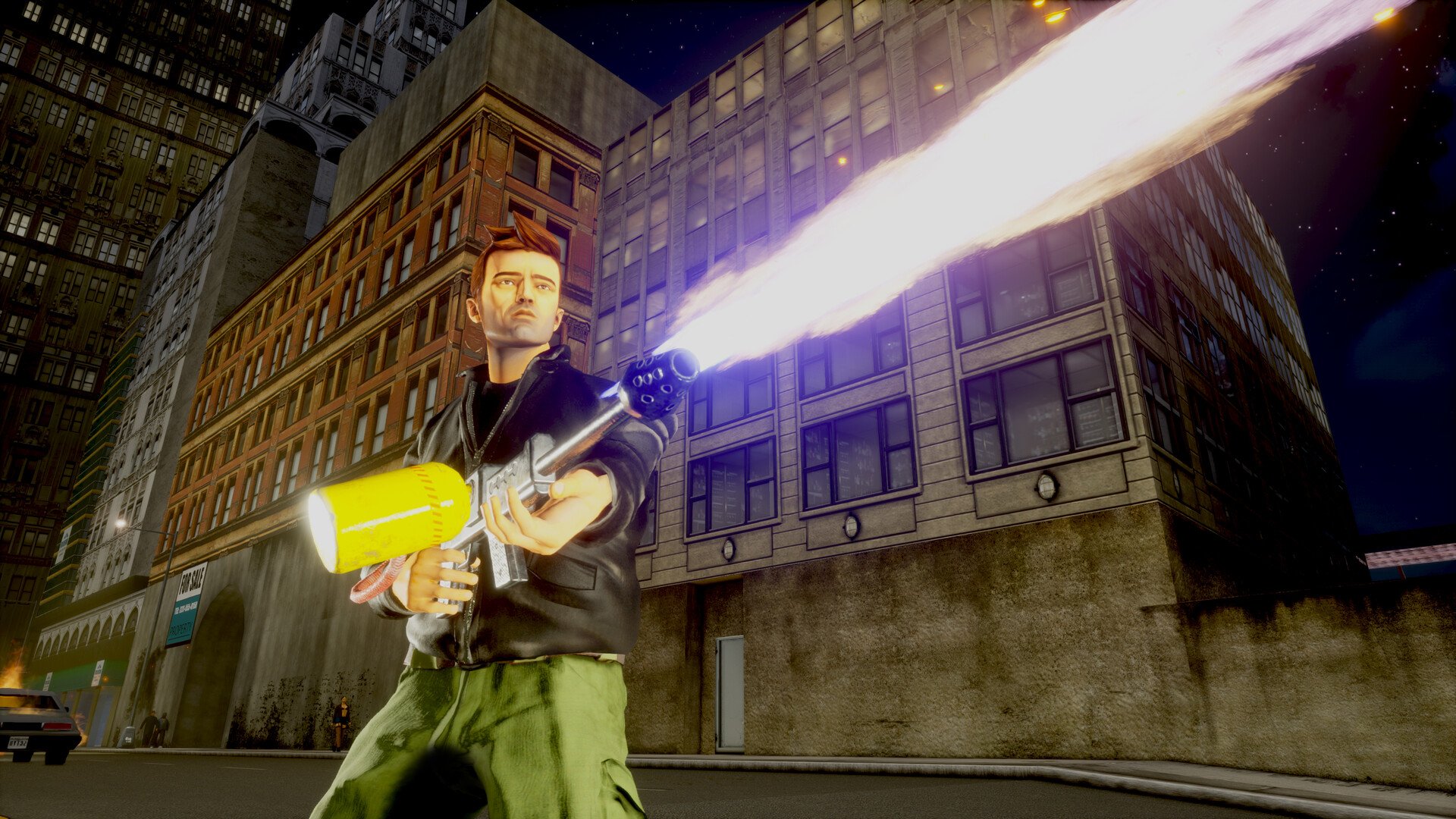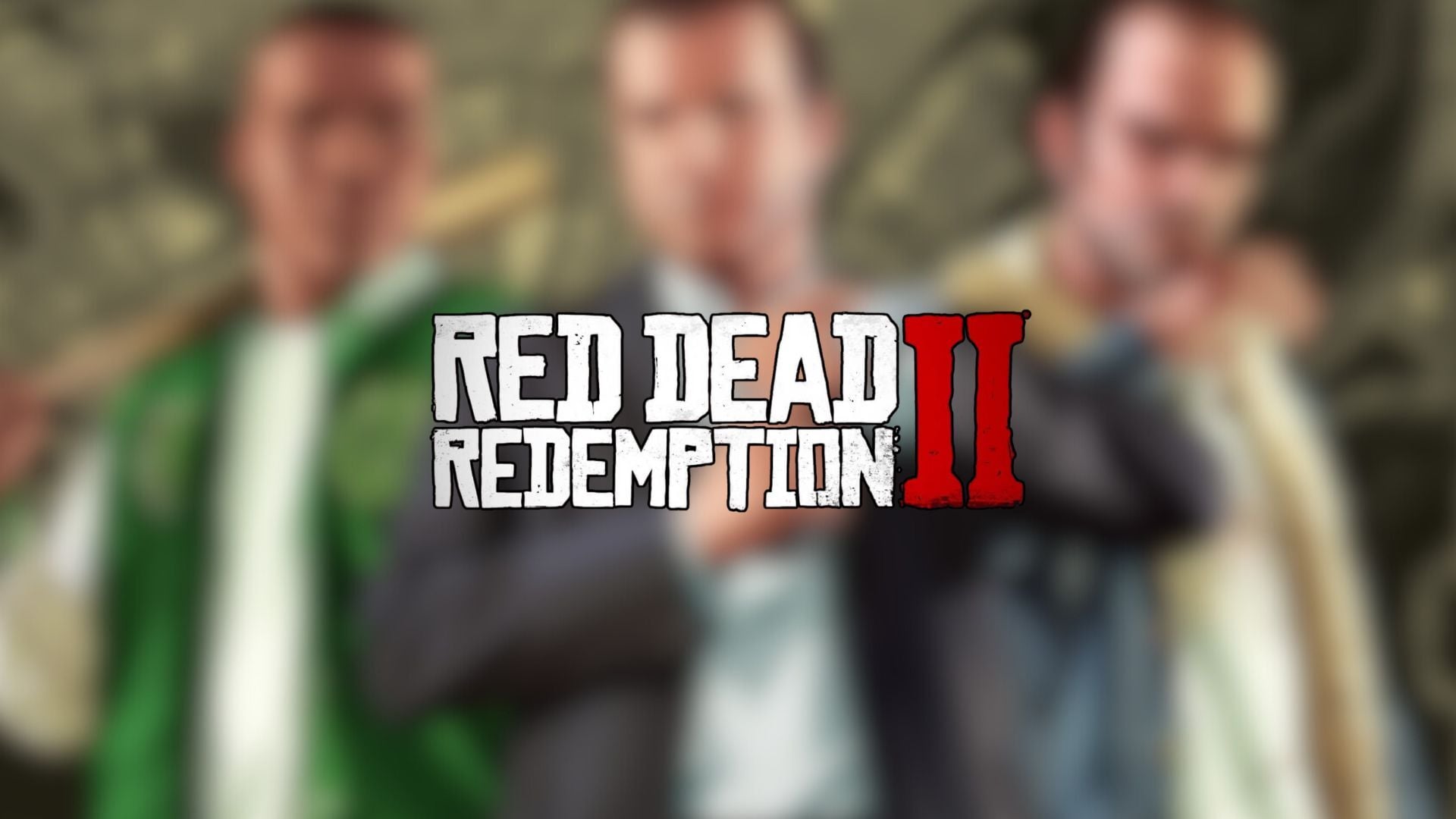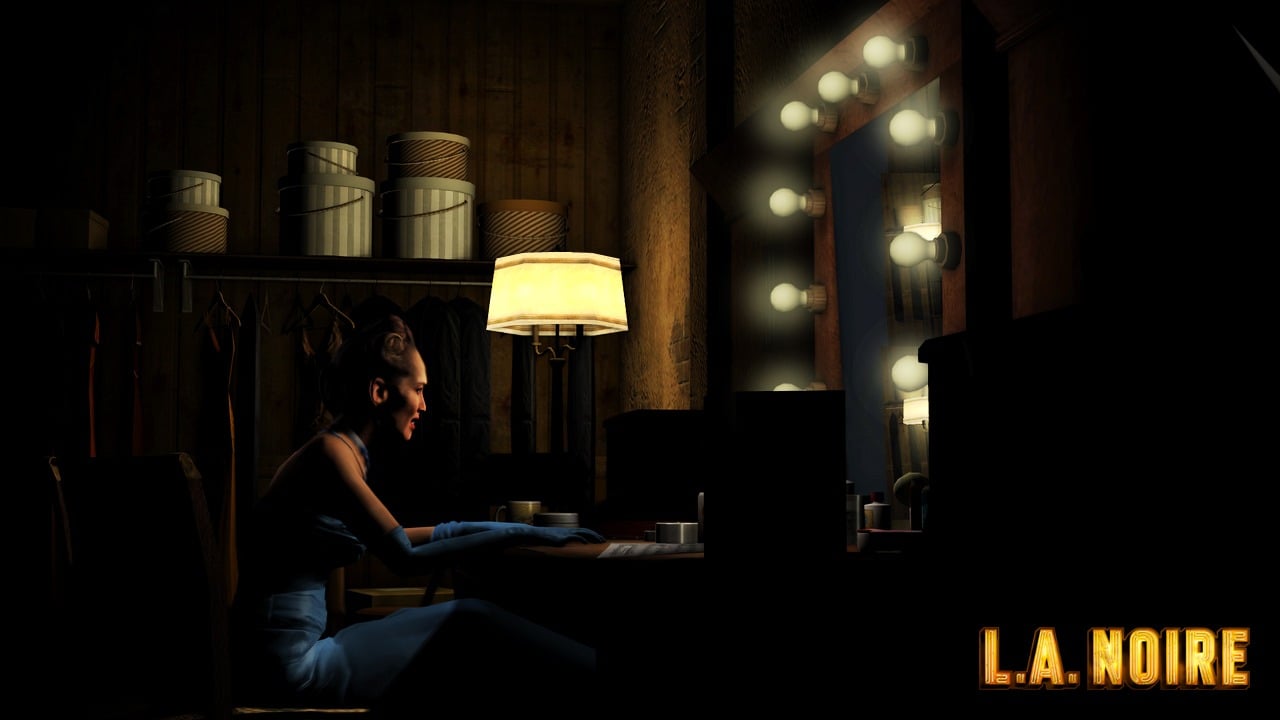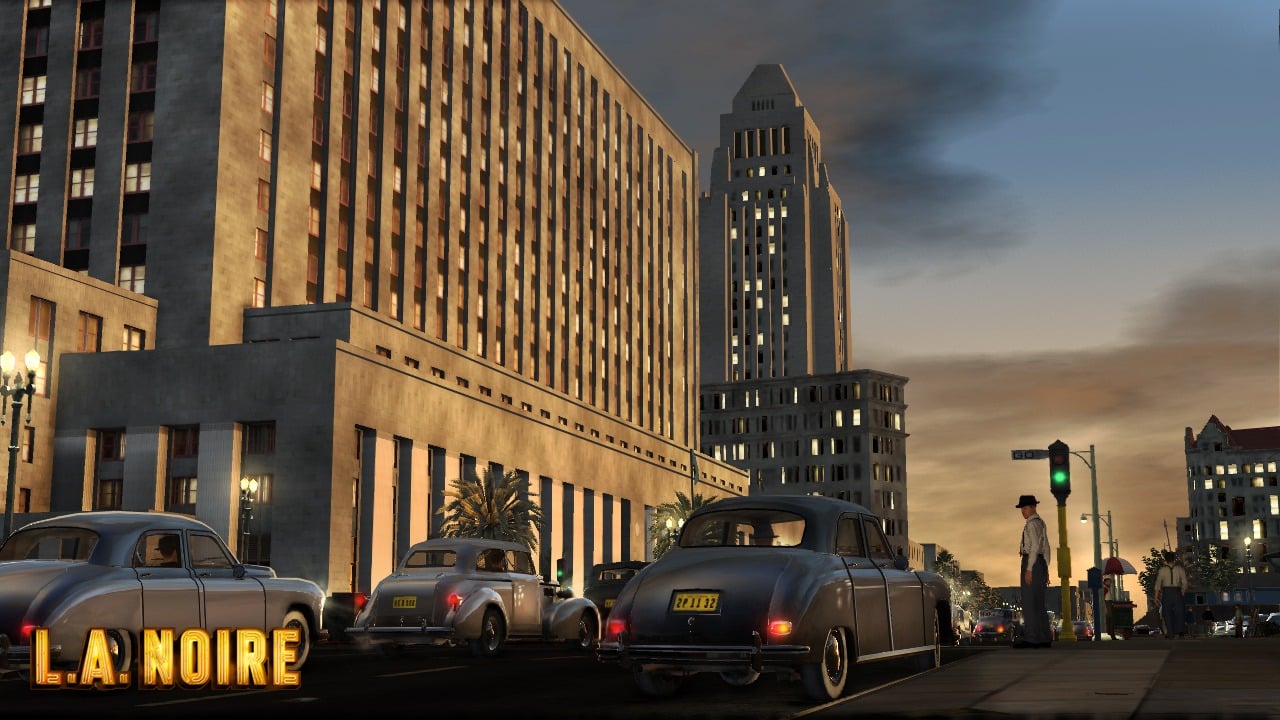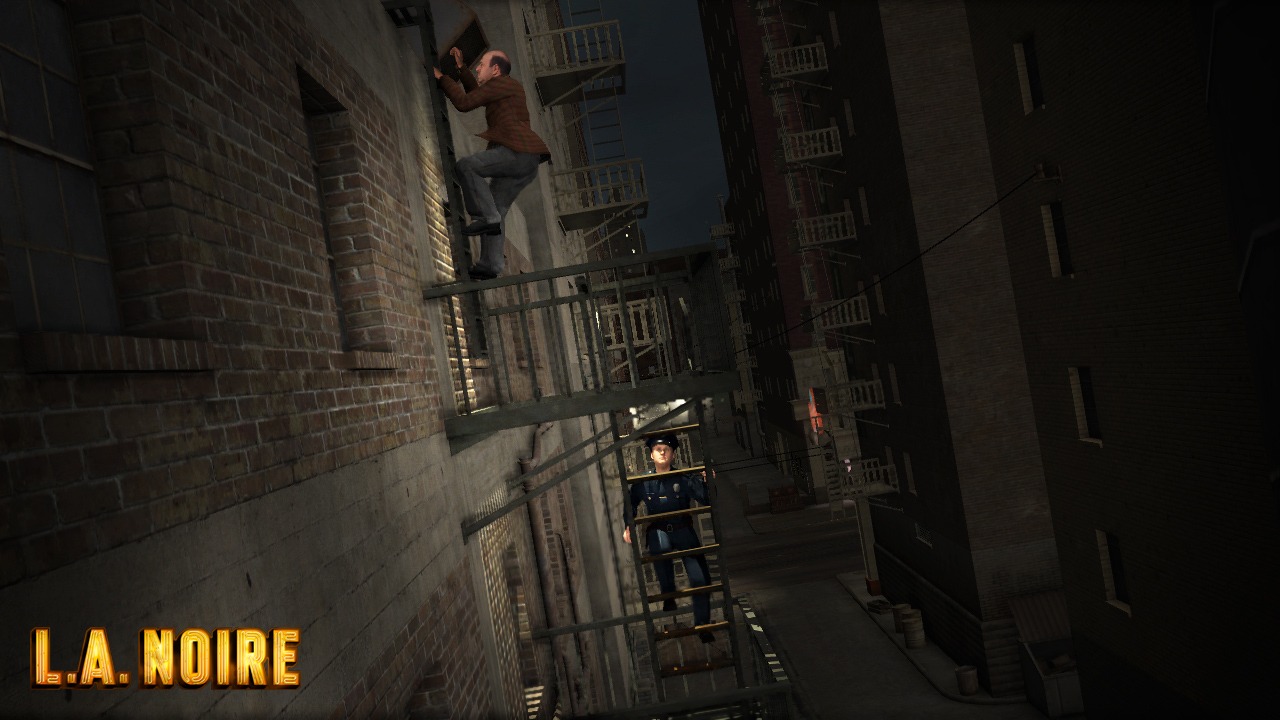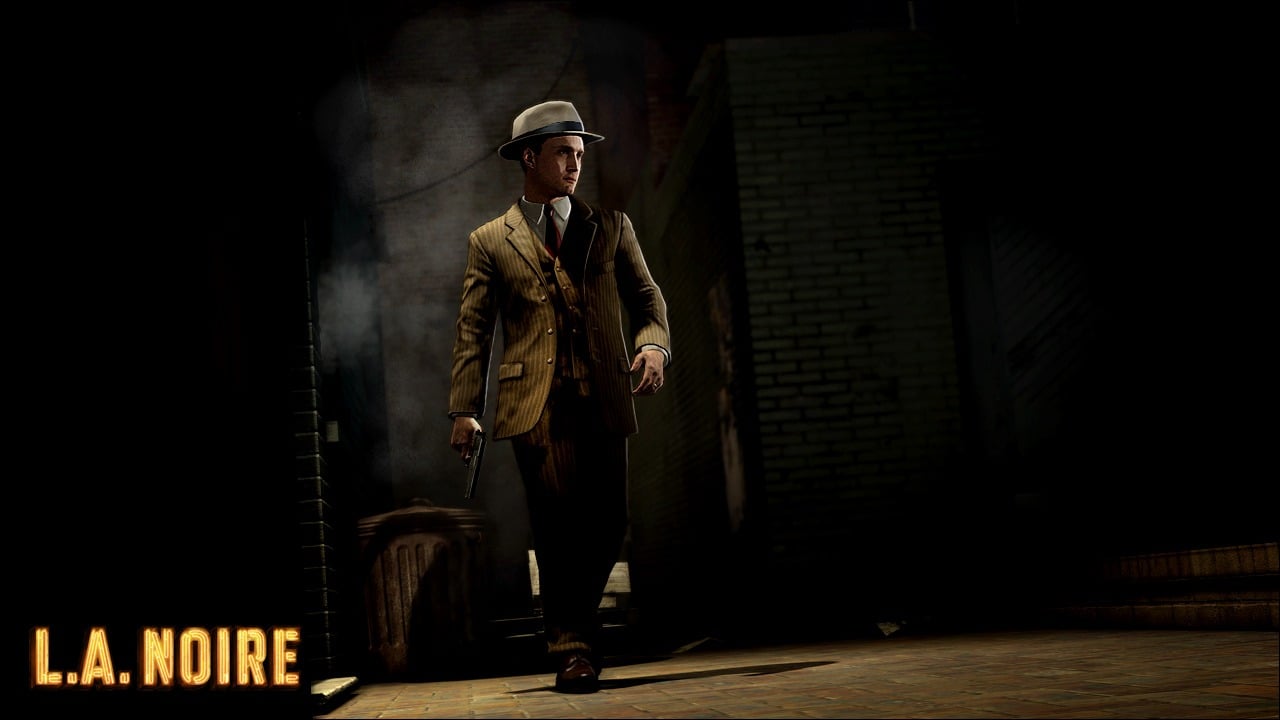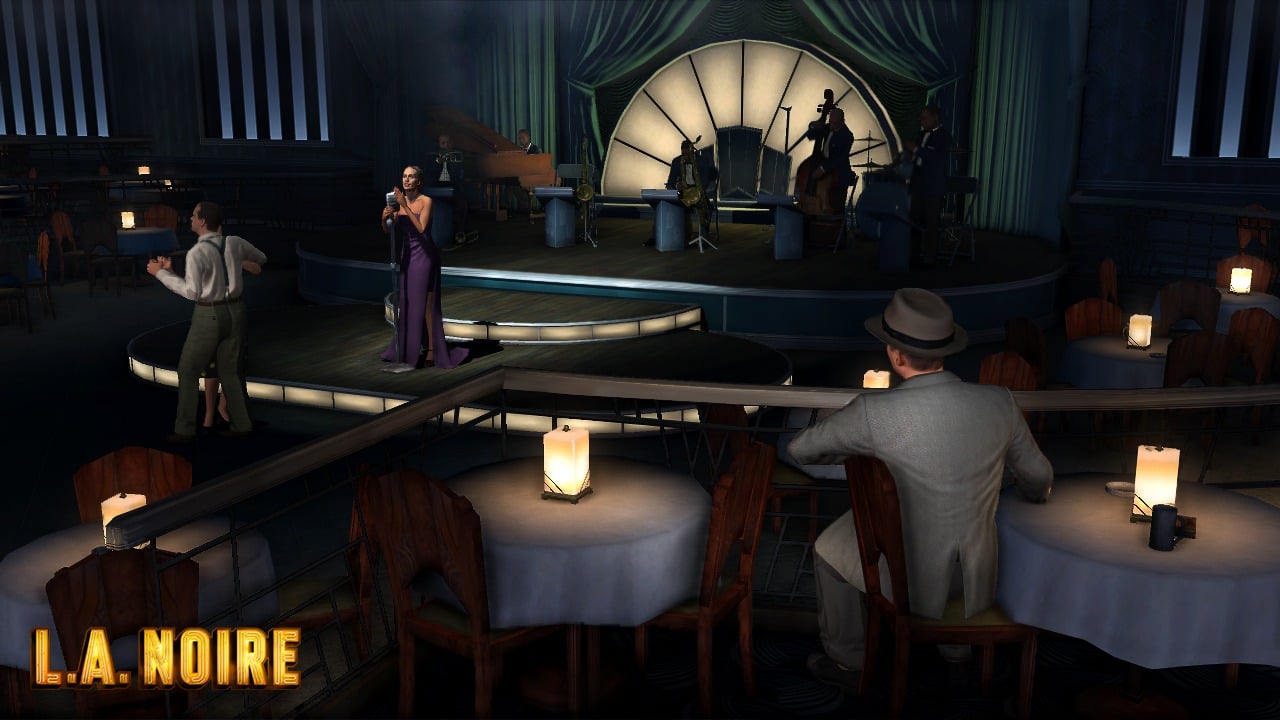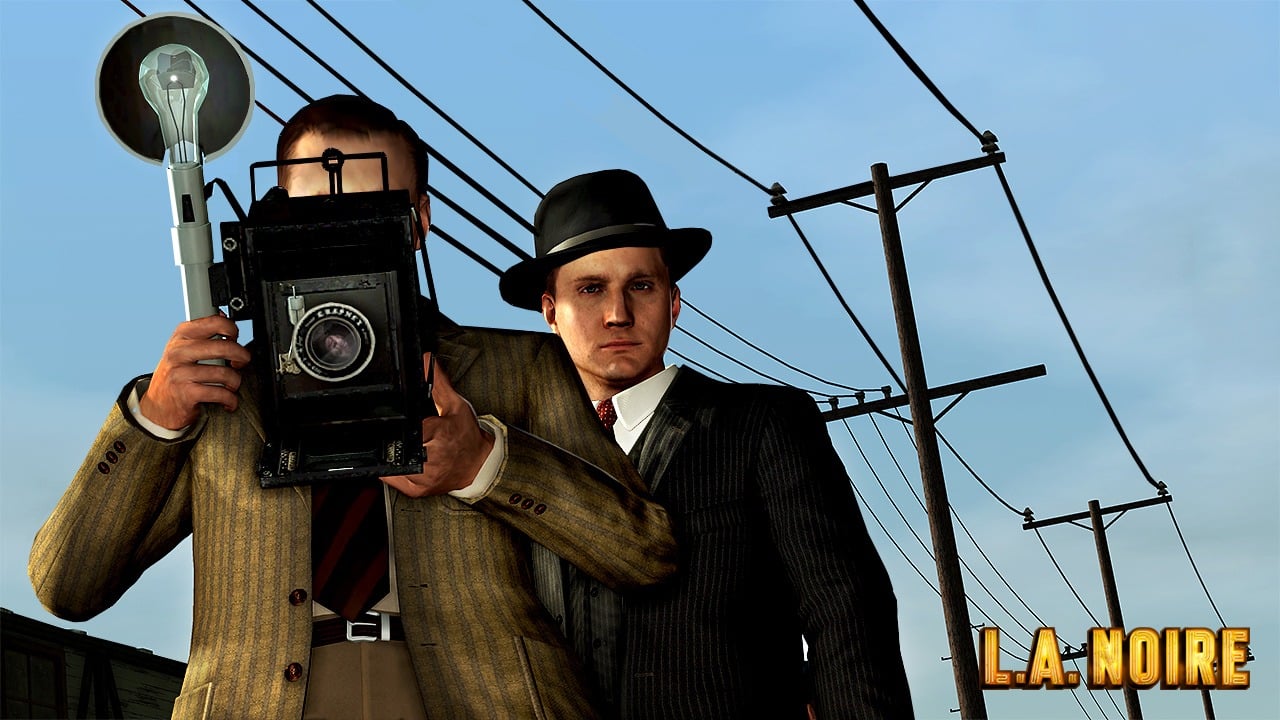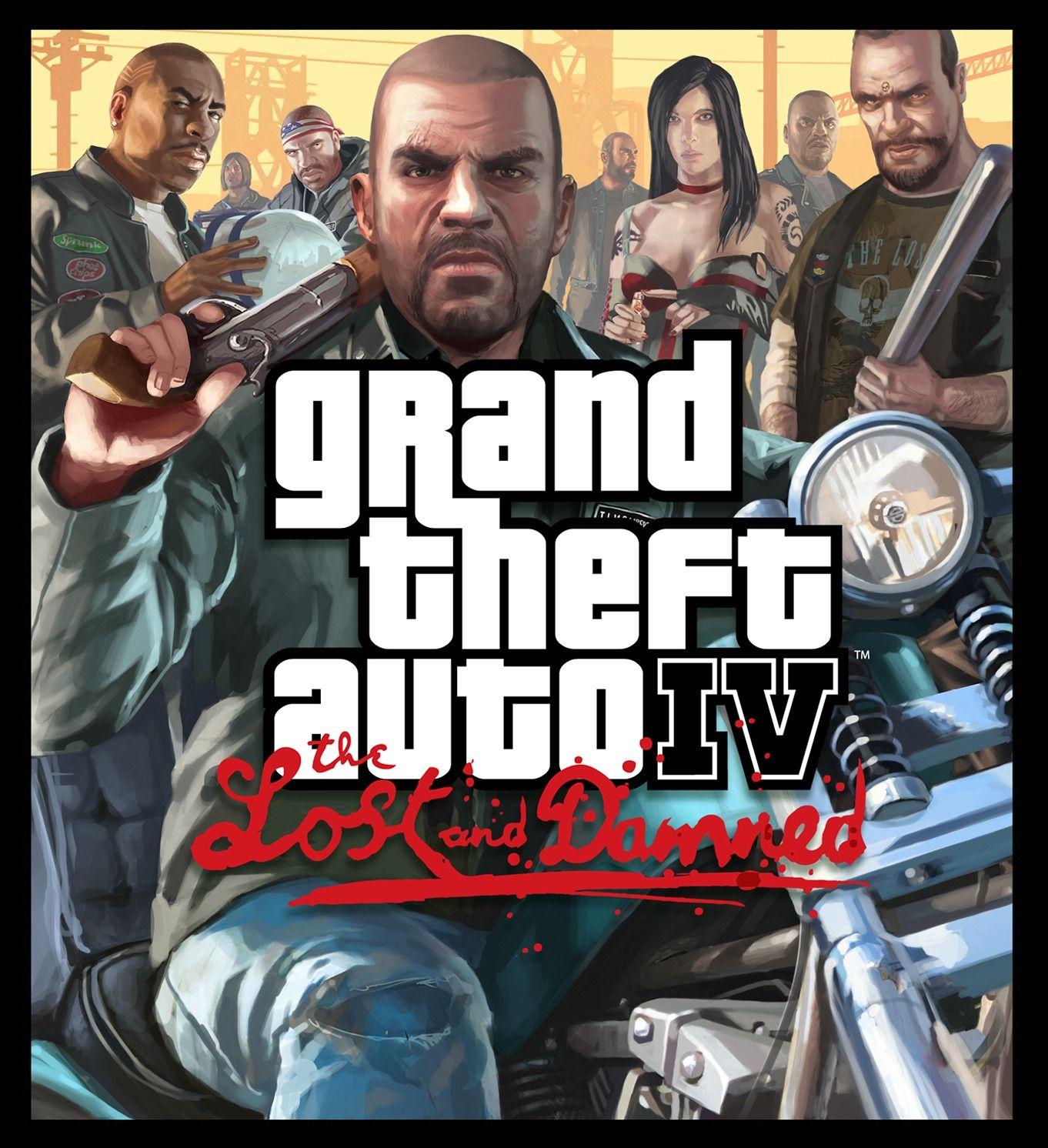L.A. Noire is an action-adventure video game developed by Team Bondi and published by Rockstar Games. It was released in May 17, 2011 for the PlayStation 3 and Xbox 360 and for Windows PCs in November of the same year. An enhanced version was later released in November 2017 for the PlayStation 4, Xbox One, and Nintendo Switch.
A VR spinoff, L.A. Noire: The VR Case Files was released on Steam for the HTC Vive on December 16, 2017 and later for PlayStation VR.
L.A. Noire is currently part of the free game library of the GTA+ lineup after it was added to the subscription service on May 2024.
Overview / Description
The game's narrative follows Cole Phelps, a decorated war veteran who joins the LAPD and advances through the desks of Patrol, Traffic, Homicide, Vice, and Arson. The story is divided into a series of "cases" where players must investigate crime scenes, gather clues, and interrogate suspects and witnesses.
A key gameplay mechanic is the interrogation system, which uses proprietary MotionScan technology to capture actors' facial expressions in detail, requiring the player to read these expressions to determine if a character is telling the truth, doubting, or lying. Outside of the main cases, players can explore the open world, respond to optional street crimes, and discover various collectibles. The game is heavily inspired by the film noir genre1, both in its visual style and its dark, complex narrative involving crime, corruption, and moral ambiguity.
Visual Style
The visual identity of L.A. Noire is deeply rooted in the film noir aesthetic of the 1940s. The game features an optional black-and-white filter to fully emulate classic noir films. The branding itself evolved during development; according to an article about the game's development, Rockstar Games redesigned the original logo to a much thicker, yellow-and-black font, which reportedly caused some friction with Team Bondi management2.
The game's most significant design feature is the MotionScan technology. Developed by Team Bondi's sister company, Depth Analysis, it captured actors' facial performances from every angle, allowing for a highly realistic and nuanced recreation of human expression. This technology was central to the game's design, making the interrogation sequences a unique and defining feature. The world itself was meticulously designed, using over 180,000 photographs and historical aerial shots to accurately recreate the architecture, traffic patterns, and landmarks of 1947 Los Angeles3.
Plot Summary
The plot of L.A. Noire follows the meteoric rise and tragic fall of Cole Phelps. Beginning as a patrolman, his sharp investigative skills quickly earn him a promotion to detective. He progresses through the Traffic and Homicide desks, solving a series of increasingly grim cases, including a string of murders that echo the real-life Black Dahlia case. Although Phelps and his partner Galloway identify and kill the true murderer, they are forced to conceal his identity due to his connections to a powerful politician, leaving a dark mark on Phelps's conscience.
Upon his promotion to the Vice desk, Phelps uncovers a massive drug distribution ring involving surplus morphine stolen from a military ship by members of his former Marine unit. As he delves deeper, he discovers they are being systematically assassinated. During this time, he begins an extramarital affair with Elsa Lichtmann. His corrupt partner, Roy Earle, seeking to divert attention from a scandal involving prominent city figures, leaks news of the affair. The resulting scandal destroys Phelps's career and marriage, leading to his demotion to the low-prestige Arson desk.
From this disgraced position, Phelps, with his new partner Herschel Biggs, investigates a series of suspicious house fires linked to the Suburban Redevelopment Fund (SRF), a housing development program. Warned off the case by Earle, Phelps enlists his old rival, Jack Kelso, to investigate the SRF from the outside. Kelso uncovers that the SRF is a massive fraud, using substandard materials and arson to acquire land for a planned freeway, all while being insured by his own company. The conspiracy's threads lead back to Dr. Fontaine and Leland Monroe. The plot culminates in a desperate chase through the Los Angeles River tunnels, where Phelps and Kelso rescue an abducted Elsa from a traumatized, brainwashed war veteran used by the syndicate as an arsonist.
While Kelso and Elsa escape the rising floodwaters, Phelps is swept away and killed. At his funeral, Earle delivers a hypocritical eulogy, posthumously clearing Phelps's name while cementing his own place among the city's corrupt elite. The story ends on a somber note, a classic noir tragedy where the hero dies and corruption prevails, highlighting the game's themes of moral ambiguity and systemic decay.
Release
L.A. Noire has been released in several forms across multiple platforms, offering a range of content.
- Original Release (2011): Released for PlayStation 3 and Xbox 360.
- Downloadable Content (DLC): Five additional cases were released as DLC: "The Naked City", "A Slip of the Tongue", "Nicholson Electroplating", "Reefer Madness", and "The Consul's Car". These could be purchased individually or through the "Rockstar Pass".
- The Complete Edition (2011): A version for Windows, PlayStation 3, and Xbox 360 that included all previously released DLC.
- Re-release (2017): An enhanced version was released for Nintendo Switch, PlayStation 4, and Xbox One, featuring finer textures, upgraded weather effects, and new camera angles. The Switch version also included gyroscopic controls.
- L.A. Noire: The VR Case Files (2017): A virtual reality version featuring a subset of seven cases from the original game, rebuilt for VR platforms like the HTC Vive, Oculus Rift, and later, PlayStation VR.
Staff Credit Complaint
Despite its critical and commercial success, the release of L.A. Noire was overshadowed by a major controversy regarding the working conditions at Team Bondi. Shortly after the game's launch, a group of former employees created a website listing over 100 developers who they claimed were omitted or incorrectly credited for their work4. This was followed by an exposé by IGN, in which numerous anonymous former staff members alleged a culture of extreme crunch, with work weeks reportedly extending to 80-110 hours, often without overtime pay5. They described studio head Brendan McNamara as a verbally abusive and controlling manager, a management style that many claimed contributed to a high staff turnover rate.
The situation escalated when leaked internal emails appeared to confirm a deeply contentious relationship between Team Bondi and its publisher, Rockstar Games6. Sources claimed that Rockstar, frustrated with the project's direction and management, had taken significant creative control, and that there was no possibility of future collaboration between the two companies. While McNamara defended his management style and the necessity of crunch, the controversy led to an investigation by the International Game Developers Association7. The damage to Team Bondi's reputation was severe, and the studio was unable to secure a new project. In late 2011, Team Bondi was placed into administration8 and subsequently liquidated9, bringing an end to the studio responsible for one of the most innovative, yet troubled, games of its generation.
Release and Marketing
The marketing campaign for L.A. Noire built anticipation over several years, navigating numerous delays. Initially announced in 2005 for the PlayStation 3, it was later confirmed by publisher Rockstar Games for both the PlayStation 3 and Xbox 360. The promotional strategy focused on showcasing the game's unique qualities, particularly its cinematic storytelling and the revolutionary MotionScan technology. A series of trailers, a cover story in Game Informer magazine, and a presentation at PAX East in 2011 highlighted these features10. L.A. Noire was honored as the first video game to be an official selection at the Tribeca Film Festival, where it was screened before its public release11.
To further immerse audiences in the game's world, Rockstar partnered with Mulholland Books to publish L.A. Noire: The Collected Stories, an anthology of short stories set in the game's universe, written by acclaimed crime authors12. The game was eventually released in May 2011. Years later, in September 2017, Rockstar announced a re-release for the PlayStation 4, Xbox One, and Nintendo Switch. Rockstar Games teamed up with Virtuos to bring the enhanced version to life13. These enhanced versions featured technical upgrades such as higher-resolution textures and new camera angles, with the Switch version adding unique gyroscopic controls. Concurrently, Rockstar announced L.A. Noire: The VR Case Files, a separate title developed by Video Games Deluxe (a new studio founded by Brendan McNamara) that adapted seven of the original cases for virtual reality, which was released in December 2017.
Reception
Critical Response
Upon its release, L.A. Noire received "generally favorable reviews," with critics hailing it as a landmark achievement in interactive storytelling14. The game's most praised feature was its MotionScan facial animation technology. Reviewers from publications like Giant Bomb15 and GameTrailers16 described it as revolutionary, enabling a level of emotional subtlety in character performances that was unprecedented in video games. This technology was seen as essential to the success of the interrogation mechanic, which many found to be a compelling and innovative core gameplay loop. The narrative was also widely lauded for its mature themes, intricate plotting, and faithful evocation of the film noir genre. Critics praised the strong performances from the cast, particularly Aaron Staton as Cole Phelps, and the meticulous recreation of 1947 Los Angeles, which was often described as the true "star" of the game17.
However, the game was not without its critics. While the investigation and interrogation elements were celebrated, the more traditional action gameplay, including the driving and shooting mechanics, received a mixed response18. Some reviewers found these segments to be repetitive and less polished than those in other Rockstar titles like Grand Theft Auto and Red Dead Redemption19. The interrogation system, while innovative, was also criticized for the ambiguity of its "Truth/Doubt/Lie" options, which could lead to unpredictable and frustrating outcomes20.
Despite these flaws, the consensus was that L.A. Noire was a bold and ambitious title that pushed the boundaries of the medium, with The Guardian describing it as a "breakthrough for games." The 2017 re-releases and the VR version were also well-received, with critics appreciating the technical upgrades and the immersive new perspective offered by virtual reality, even if some of the original game's underlying issues remained.21
Sales
L.A. Noire was a significant commercial success for publisher Take-Two Interactive. On its North American release day, the company's stock value rose to a three-year high, a direct result of the game's positive critical reception. In its first month, the game shipped four million units worldwide. In the United States, it was the best-selling game of May 2011, selling nearly 900,000 copies22, and continued to top the charts in June23. The game also performed exceptionally well in the United Kingdom, where it became the fastest-selling new intellectual property in the country's history at the time and held the top spot on the sales charts for three consecutive weeks24. By the end of 2011, it had shipped almost five million copies, and by September 2017, that figure had grown to approximately 7.5 million, solidifying its status as a major commercial hit and a valuable new franchise for Take-Two25.
Awards and Accolades
The critical acclaim for L.A. Noire translated into numerous awards and nominations from various industry bodies and publications. The game's technical and artistic achievements were widely recognized. At the 8th British Academy Games Awards (BAFTA), it received eight nominations, the most of any game that year alongside Batman: Arkham City, and ultimately won the award for Original Music26. Its innovative technology earned it nominations for Best Technology and the Innovation Award at the Game Developers Choice Awards27. The game's score, composed by Andrew and Simon Hale, also received a win for Music of the Year at the Game Audio Network Guild Awards28. The powerful performances of its cast were highlighted with a nomination for Aaron Staton as Cole Phelps for Outstanding Achievement in Character Performance at the D.I.C.E. Awards29. These accolades cemented L.A. Noire's place as one of the most distinguished and artistically significant games of 2011.
Legacy and Future
The legacy of L.A. Noire is complex, defined by both its groundbreaking innovations and the troubled history of its creation. Its most enduring impact is the pioneering use of MotionScan technology, which set a new benchmark for facial animation and performance capture in video games, influencing subsequent titles that aimed for greater narrative and emotional realism. The game demonstrated that a major, high-budget title could succeed with a slower, more cerebral pace focused on deduction and storytelling rather than constant action. Following its release, Take-Two Interactive CEO Strauss Zelnick identified L.A. Noire as a "strong franchise" Take‑Two: “L.A. Noire First Week Very Successful”, Gamasutra (archived), reported via Game Developer, May 2011. Accessed July 28, 2025., and Rockstar Games acknowledged in 2012 that it was considering the future of the series Rockstar: L.A. Noire 2 a Possibility, IGN, by Author Not Specified, published February 13, 2012. Accessed July 28, 2025., fueling speculation about a sequel.
However, the prospect of a direct sequel has always been complicated. The closure of developer Team Bondi in 2011, following the controversy over its work environment, meant that the original creative team was disbanded. Brendan McNamara's subsequent attempt to create a "spiritual successor," titled Whore of the Orient, was ultimately cancelled Whore of the Orient, the spiritual successor to L.A. Noire, isn't going to happen, PC Gamer, by Andy Chalk, published June 24, 2016. Accessed July 28, 2025.. Furthermore, the definitive death of protagonist Cole Phelps at the end of the game presents a significant narrative hurdle L.A. Noire at 10: The Video Game That Was the 'Mad Men' of Gaming, The Hollywood Reporter, by Author Not Specified, published May 17, 2021. Accessed July 28, 2025.. While Rockstar has kept the IP alive through re-releases and the VR spin-off, and has referred to it as an important franchise, there has been no official announcement of a new installment. As such, L.A. Noire remains a unique, standalone masterpiece.
Gallery
Trailer
References
Film noir, Wikipedia. Accessed July 28, 2025.
Revealed: The internal emails that provoked whistle-blowing at Team Bondi, GamesIndustry.biz. Accessed July 28, 2025.
First proper L.A. Noire details appear, Eurogamer. Accessed July 28, 2025.
L.A. Noire development staff offer corrected credits, VG247. Accessed July 28, 2025.
Why did L.A. Noire take seven years to make?, IGN, by Andrew McMillen, June 24, 2011. Accessed July 28, 2025.
L.A. Noire devs: contentious relationship with Rockstar revealed, 1Up (archived via Web Archive, from September 14, 2011). Accessed July 28, 2025.
IGDA to investigate Team Bondi crunch policy, VG247, by Johnny Cullen, June 28, 2011. Accessed July 28, 2025.
L.A. Noire Developer Closes Its Doors, IGN (article by Luke Reilly, published September 1, 2011). Accessed July 28, 2025.
IGDA to investigate Team Bondi crunch policy, VG247, by Johnny Cullen, published June 28, 2011. Accessed July 28, 2025.
